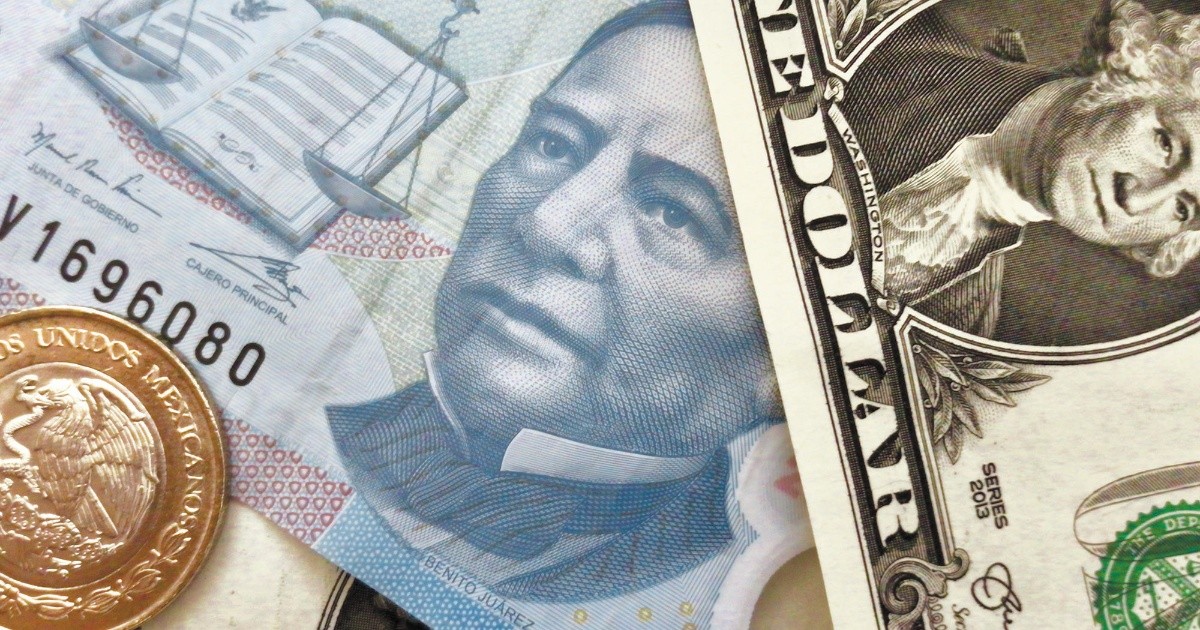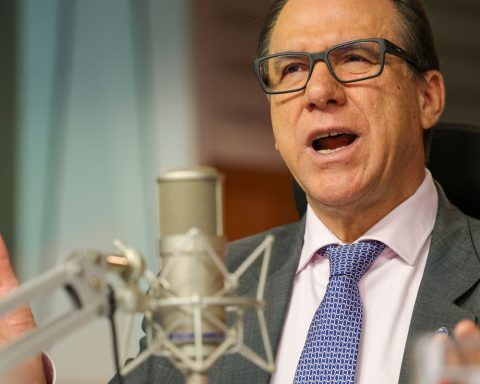The foreign exchange market has also been affected by the geopolitical conflict. The ruble is in fact the most depreciated currency against the dollar since the Russian invasion of Ukraine, with a loss of 35.94 percent.
Currency volatility will continue this week with the monetary policy decision of the Federal Reserve (Fed) and the evolution of the conflict between Russia and Ukraine.
In the case of the Mexican peso, at a level of 20.9435 pesos per dollar, it has depreciated 3.35% compared to the 20.2646 pesos per dollar it was at prior to the invasion on February 24.
Speculative net positions in the Chicago Mercantile Exchange (CME) had their sixth consecutive weekly increase, at a level of 53,000 contracts in favor of the peso, compared to 42,400 contracts reported the previous week.
“Operators are coldly viewing the conflict between Russia and Ukraine, which is possibly something circumstantial and will not transcend, with few effects on other economies and that does not affect the prices of some currencies. However, it is a perception that can change at any time,” said James Salazar, deputy director of Economic Analysis at CIBanco.
“The exchange rate will remain volatile this week, it may appreciate up to 20.75 pesos per dollar, but it may also depreciate again up to 21.30 units per greenback, subject to raw material prices and dialogue news. between Russia and Ukraine,” he added.
Janneth Quiroz, deputy director of Economic Analysis at Monex, said that “investors see an increase in the price of oil as attractive in the sense of higher revenues of dollars to Mexico, in addition, the inflation data will put pressure on Banxico to increase the interest rate of reference and also of the American Fed”.
He commented that “during December and January there were greater inflows of dollars into the country, and although foreign capital left in February, they were less than the inflows.”
“When the issue of Russia and Ukraine begins to cool down, it is expected that in the future there will be an inflow of capital in the portfolio of foreign investors, in government securities,” he added.
Until Friday, the peso has lost 2.13% so far in 2022. In addition, it closed its third week of depreciation with 0.23% in the latter.
higher depreciation
The Turkish lira has depreciated 6.89%, the pound sterling 3.89%, the euro 3.67% and the Swedish crown has lost 3.58% since the beginning of the conflict.
“The most affected currencies are those closest to the region and the economic implications that they mean for the real economy, such as the pound, the Swedish krona, the Turkish lira and of course the ruble,” said James Salazar.
The dependence on raw materials such as natural gas and oil produced in Russia has generated weakness in investor confidence regarding Europe, which affected the prices of the main currencies in the region such as the euro and the pound.
“European allies did not support the decision of the president of the United States, Joe Biden, to reduce imports of Russian crude oil, which allows greater stability in the euro zone. In addition, the news of the issuance of bonds that would finance energy and support for the defense sector, generated stability for the euro in recent days, since it is one of the regions that would be most affected”, explained Janneth Quiroz.
Profits
It is the Colombian peso that has the greatest appreciation against the dollar (2.33%), followed by the Peruvian sol (0.52%) as well as the South African rand (0.29%).
“The Colombian peso and the Peruvian sol are the ones that have had the greatest strength, which has to do with the relationship of their economies with some raw materials and Colombia due to the issue of energy products that are net exporters of oil. The currencies of Australia and New Zealand are also strengthening due to agricultural matters”, specified James Salazar.
Janneth Quiroz explained that “in Brazil, the Central Bank is expected to increase its reference interest rate by 100 basis points, and the rest of the emerging currencies, there is movement of rates that were ahead of the rest of the world, generating resilience”.















